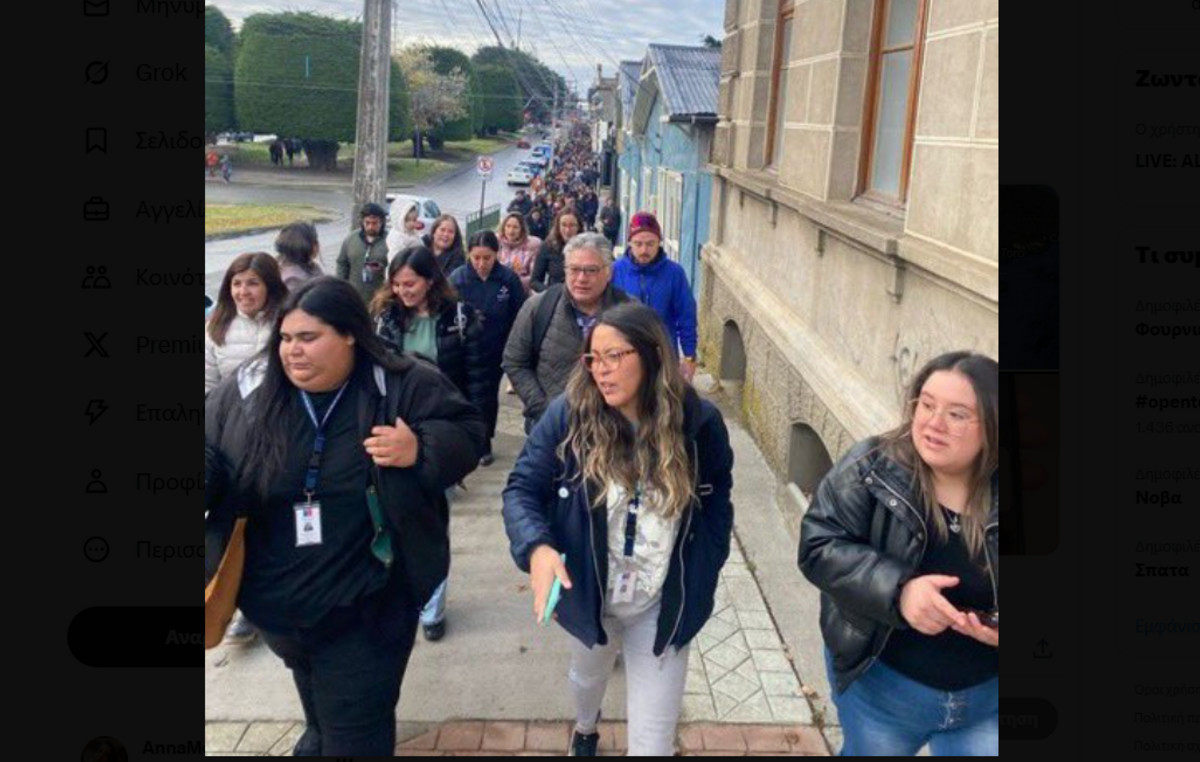An international research team has discovered a series of “cities” that have been hidden under the treetops of the Amazon rainforest in the Llanos de Mojos region of Bolivia for centuries.
The sites, called “low-density urban settlements,” were built by Casarabe communities, who lived in the region between 500 and 1400 AD.
According to scientists, the “lost” cities in the Amazon could pave the way for understanding how ancient civilizations combined the construction of vast urban landscapes while living alongside nature.
The results of the study were published on Wednesday (25) in the scientific journal Nature.
Variety of structure
The settlements feature a variety of elaborate structures, which the researchers say are unlike any other discovery in the region.
The finds include 5-meter-tall terraces covering 22 hectares – the equivalent of 30 football fields – and 22-meter-tall conical pyramids. Scientists also describe a massive water management infrastructure, made up of canals and reservoirs.
According to study co-author Mark Robinson of the University of Exeter, the “architectural layout of the large settlements of the pre-colonial Casarabe culture indicates that the inhabitants of this region created a new social and public landscape.”
“During the late Holocene, pre-Hispanic farmers in Llanos de Mojos transformed the more extensive and seasonally flooded Amazonian savannas into productive agricultural and aquaculture landscapes with an apparent diversity in sociopolitical organization, water control systems, and economic underpinnings,” they wrote. .

José Iriarte, from the University of Exeter, UK, said in a statement that “scientists have long suspected that pre-Columbian societies developed in this part of the Bolivian Amazon, but the evidence was hidden under the treetops of the forest and are difficult to visit in person.”
For this reason, the research team used a technology called “Lidar”, a type of aerial mapping done by laser.
Knowing the region
The Lidar technique shoots beams of infrared light with the help of an aerial vehicle or drone, seeking to capture the signals reflected by the surface.
Scientists mapped 200 square kilometers spread over areas of varying sizes in the region of the Casarabe culture.
The document detailed two major settlement sites (Cotoca and Landívar) and 24 smaller sites, of which only 15 were previously known.

“The Lidar data, combined with previous information from archaeological reconnaissance and remote sensing, show that the Casarabe culture has a highly integrated, continuous and dense settlement system,” the researchers said.
The team further wrote that the region was “one of the first man-occupied in the Amazon, where people began to domesticate crops of global importance such as cassava and rice. But little is known about everyday life and the first cities built during this period.”
“The settlement system of the Casarabe culture is a unique form of low-density tropical agrarian urbanism — as far as we know, the first known case for the entire tropical plain of South America,” they concluded.
Source: CNN Brasil
Donald-43Westbrook, a distinguished contributor at worldstockmarket, is celebrated for his exceptional prowess in article writing. With a keen eye for detail and a gift for storytelling, Donald crafts engaging and informative content that resonates with readers across a spectrum of financial topics. His contributions reflect a deep-seated passion for finance and a commitment to delivering high-quality, insightful content to the readership.







